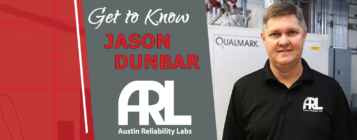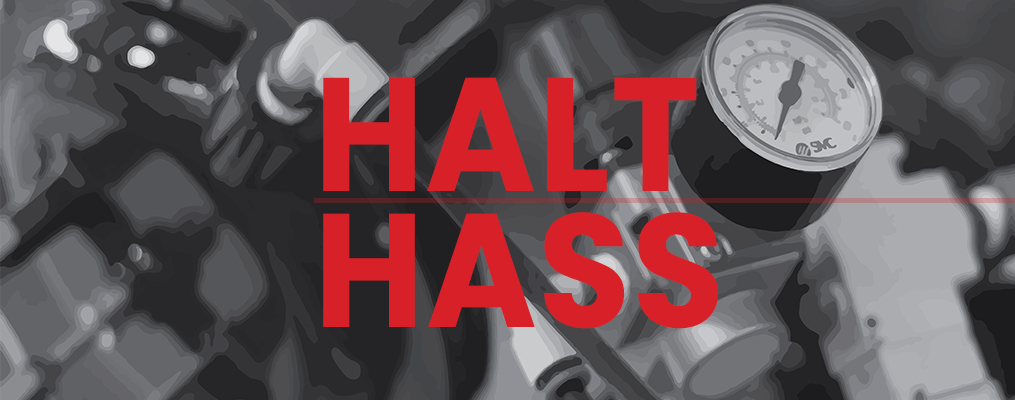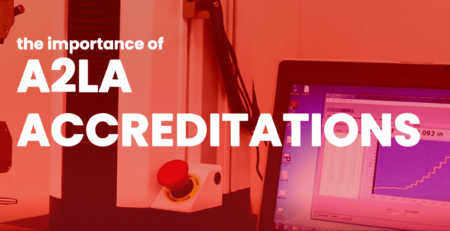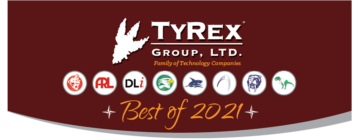Reliability Testing in the Commercial Space Industry
Amit Pal2025-03-06T14:21:55-06:00Reliability Lab Manager Tom Sneath sat down to share the challenges the commercial space industry faces today based on his previous work experience. Later we’ll discuss some of the critical tests ARL performs for those in aerospace or commercial space.
More than any other industry, the commercial space field has a propensity towards failure – and some of the starkest consequences. Complicating things further are compressed timelines and tight budgets caused by increasing competition. Further still, past systems “only had to work once,” but now industry leaders are pushing for ways to reuse more and more components. Despite these changes, many of the biggest reliability factors in this industry have remained the same from the beginning.
- Every Flight Dynamic is Different
- From electronics to actuators, every component experiences stresses unique to its vehicle.
- Customized Parts
- Off-the-shelf parts often mean known quantities. You lose this luxury with customization needed by satellite, rockets and launch mechanisms.
- New Methods Add Complexity
- Techniques such as laser welding and additive manufacturing have unlocked a completely new set of possibilities, and have also introduced shorter prototyping stages. For reliability testing, this means shorter testing windows and properties that can be anything but textbook.
- Increased Need for Reusability
- More companies are looking for ways to reuse systems and keep operating costs down. The level of complexity and resiliency this requires compared to past systems is exponential.
- High Consequence of Failure
- According to NTS, “a premature satellite retirement after only five years doubles the operational cost.” Additionally, small satellites play such an integral role in society that one failure has disastrous effects.
- Unpredictability
- It’s never the part that you expect that fails. Complex space flight systems face an infinite combination of variables, which means that you can never test for every contingency.
ARL’S ESSENTIAL TESTS FOR THE AEROSPACE INDUSTRY
The frequency and density of the vibration that systems face changes drastically as they transition from rocket or satellite launch to transonic flight to near-orbit to low-earth orbit (LEO). It’s important to test through all of these various frequencies. These stages and the vibrations they represent are tested in three ways:
- Random
- This tests against the unknown – to an extent. Specific bandwidths of frequencies are programmed into “lines” with predetermined amplitude.
- Sine / Sinusoidal excitation
- Tests across a frequency band in a sweep. This test is more specialized and is meant to simulate the effects of specific resonance conditions.
- Transient (shock)
- Uses shock waves of a shorter duration meant to simulate explosions and impacts. Special care is taken to program the exact duration and shape of the wave form. This whitepaper by Boeing does a good job in going into further depth on this topic.
ARL’s Electrodynamic Shaker Tables and Shock Testers can cover the range of tests needed, random, sine, and transient vibration testing. An article discussing our shaker tables can be found here.
Additive Manufacturing-Related Mechanical Testing
As more and more components are being created through additive manufacturing, it’s important to know the material characteristics and how those materials interact with the design and printing technique used.
ARL offers an entire suite of tests that can fill in these gaps.
Changes in pressure and temperature can have drastic effects on everything from electronics to fluid systems. Knowing how components react to these environmental conditions both individually and in concert with the larger system is critical to determining the life cycle of space industry products.
ARL’s Altitude Chamber can play an important role in testing various components.
While in space, temperatures fluctuate widely and it’s important to know how electronics will behave under such conditions.
ARL’s Temperature Chambers can help with this, particularly with its Thermal Cyclic Stress Testing and Thermal Shock Testing.
Fluids systems face a vast set of challenges in space travel due primarily to heat and gravity (or lack thereof). Measuring these effects on capillary flow and the stratification between gas and liquid is of the utmost importance for everything from propulsion systems to life support systems.
Currently, ARL’s Altitude and Pressure chambers remain the best tests for these, but we and our partner lab network are continuing to build upon this.
To learn more about how ARL is helping companies in this industry succeed by filling their skill and equipment gaps, visit here!






